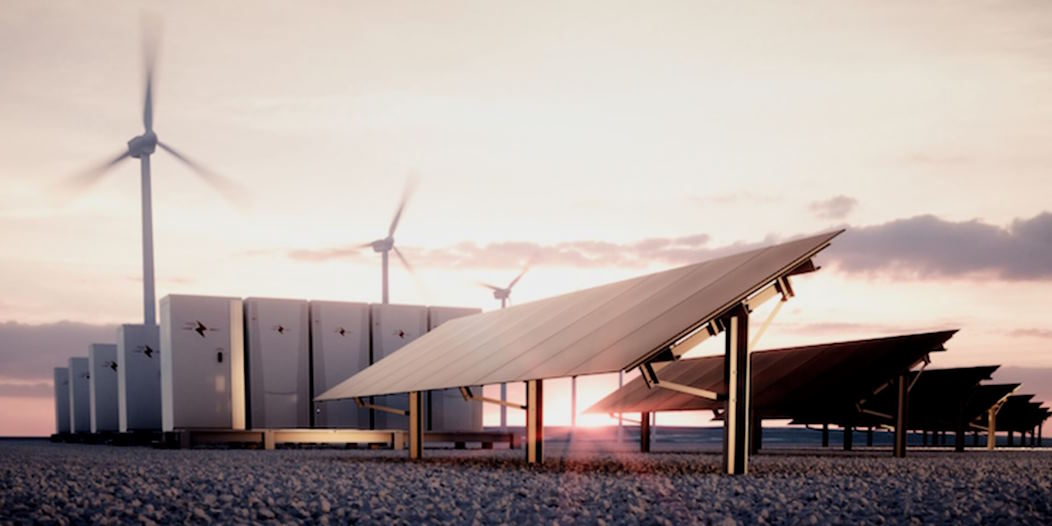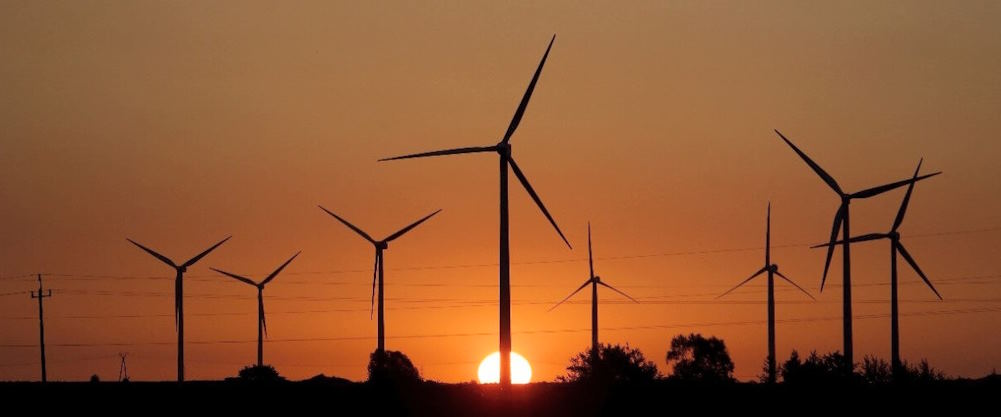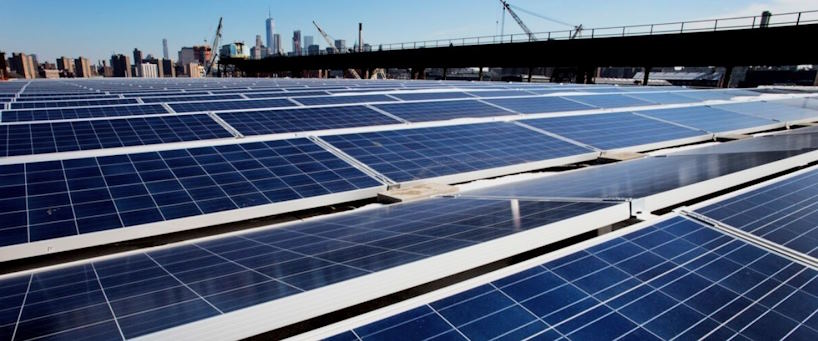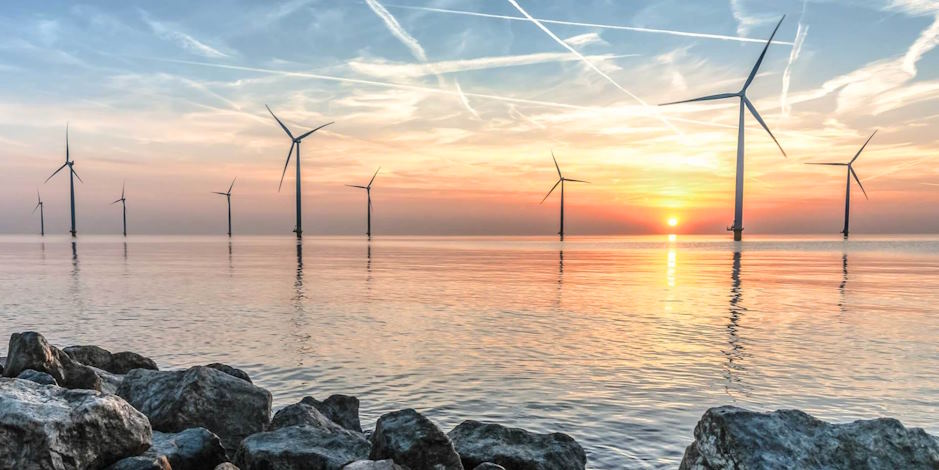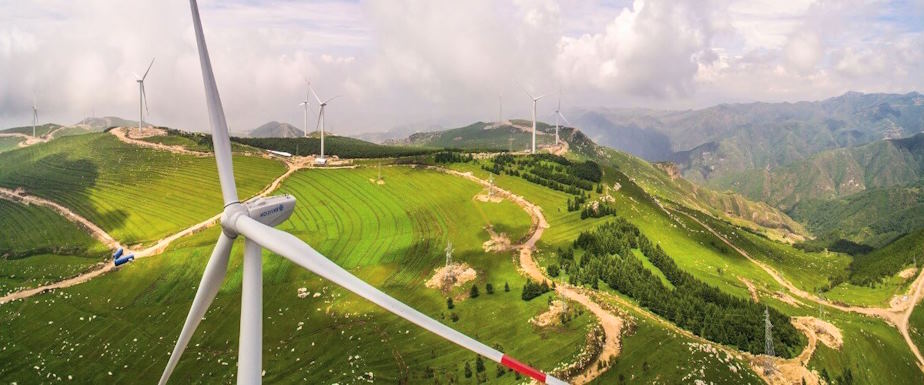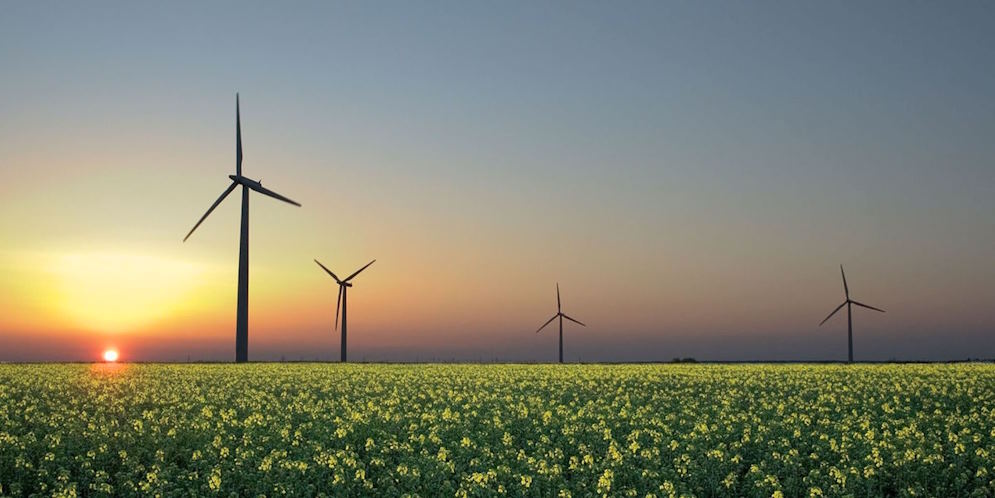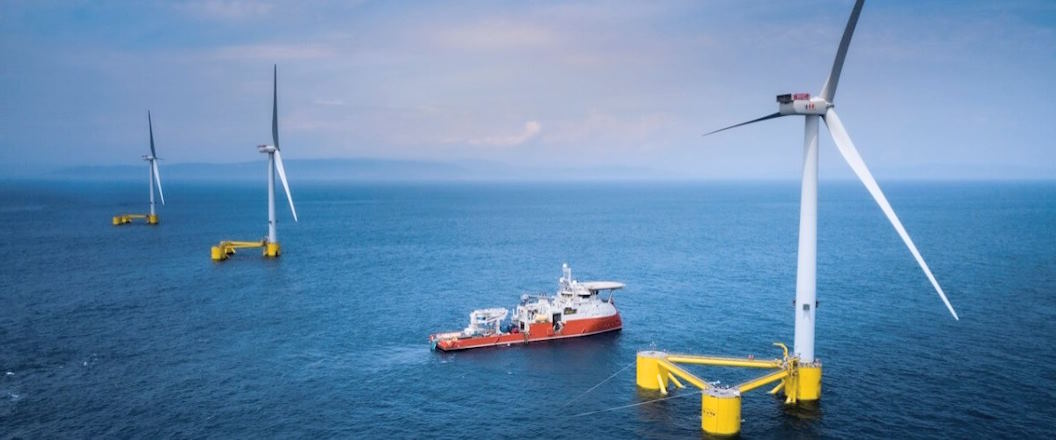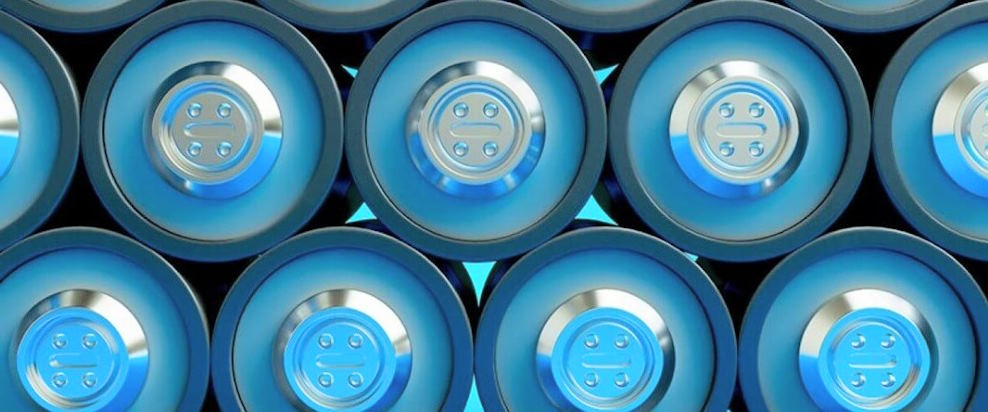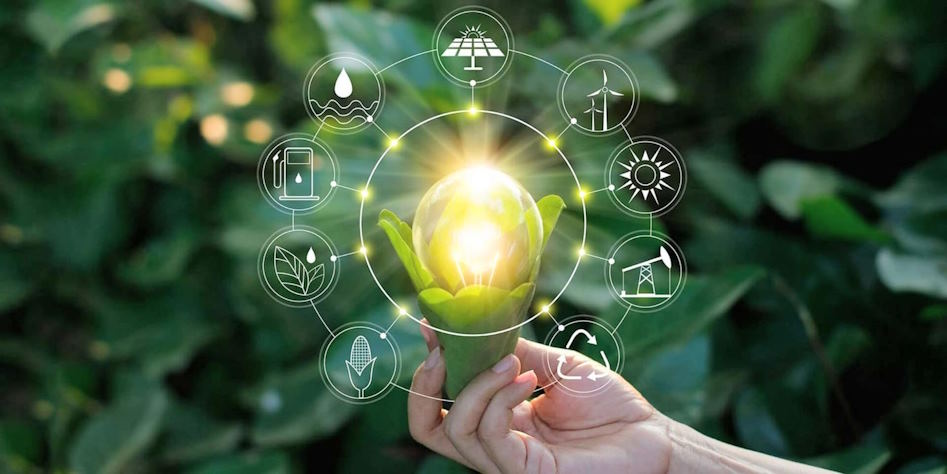
The Rise of Wind Power Wind power began to gain traction in the early 20th century. The first wind turbine designed to generate electricity was built in Scotland in 1887. However, wind power significantly contributed to electricity generation during the mid-20th century. Innovations in turbine design and the growth of wind farms have made wind energy a major player in the clean energy sector. The...

